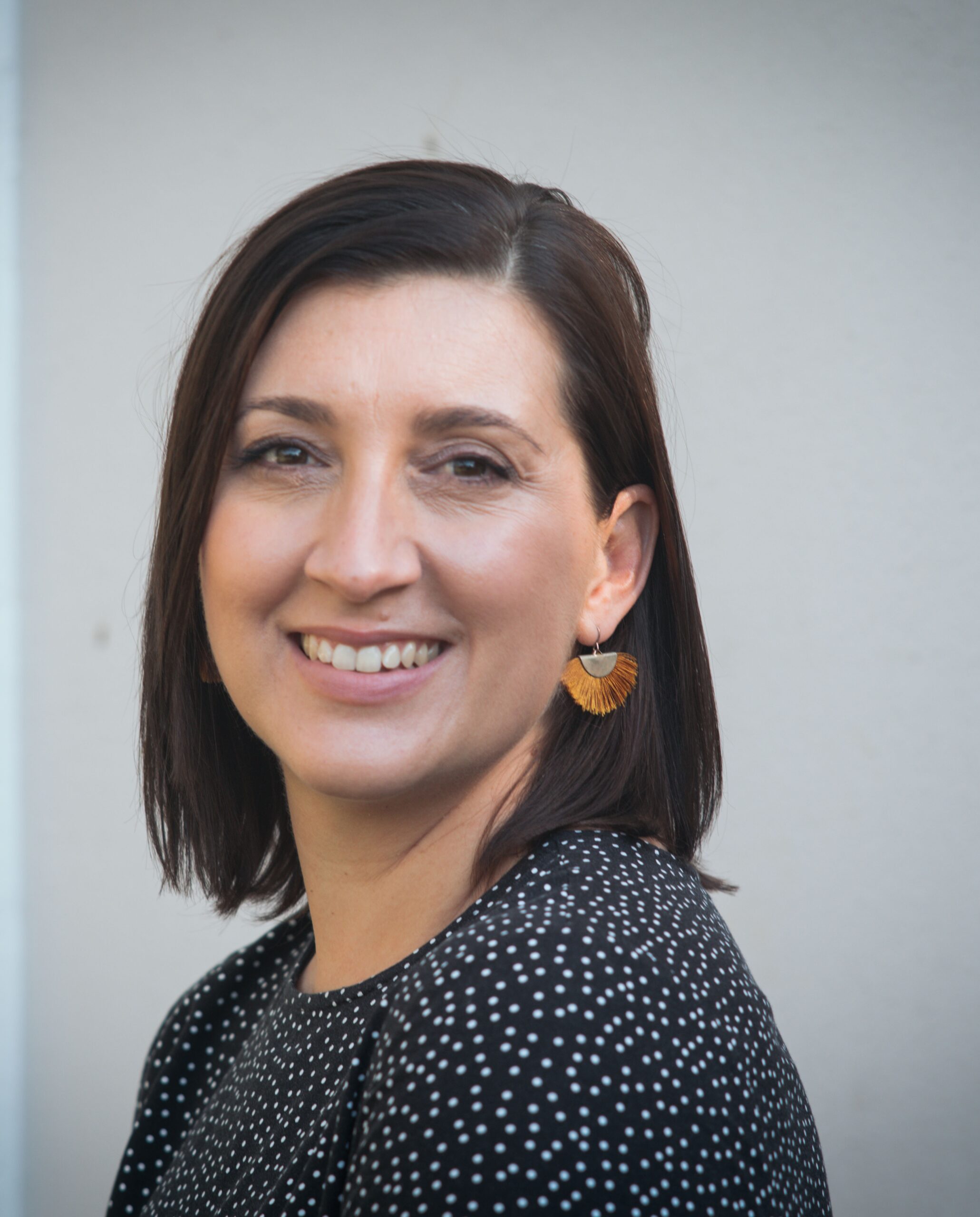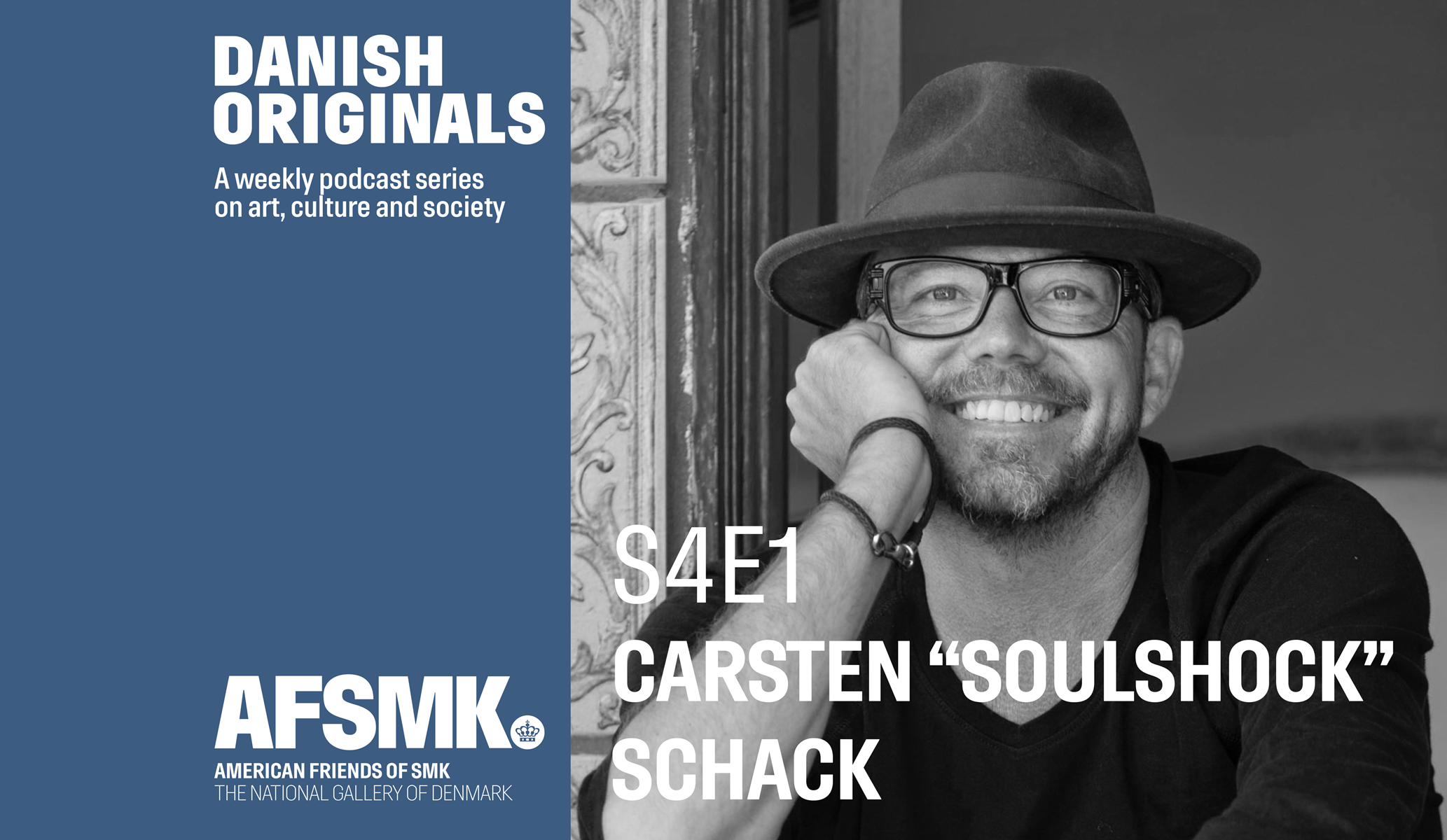The Danes spend over 12 billion kroner every year on buying second-hand items online, but shopping at thrift stores and flea markets is even more popular.
According to a new Epinion survey for Den Blå Avis, one in three Danes has bought something at a garage sale or charity shop, every fourth Dane has used online second-hand services, and 15 percent have purchased pre-owned stuff via social media.
When it comes to selling used items, the Danes prefer the convenience of the internet with 38 percent opting for either an online marketplace or social media, while only 9 percent prefer to sell their old clothes and housewares at a flea market, and 5 percent to a second-hand store.
In 2015, the Danes traded to the tune of 12.5 billion kroner at four of the most popular Danish online marketplaces: Den Blå Avis, GulogGratis.dk, Trendsales and Tradono.
READ MORE: Young Danes increasingly operating in the second-hand goods market
Recycling and integration
However, the exact amount of money made from thrift sales is difficult to estimate because many sales, for instance at flea markets, are not officially registered.
The popularity of second-hand shopping in Denmark has not gone unnoticed by the Danish authorities, and a number of municipalities have opened their own thrift stores to reduce the amount of waste that would otherwise be incinerated.
This way the municipalities not only save money on combustion, but also earn some extra cash.
A survey carried out by Penge magazine has revealed that 31 municipalities operate 33 second-hand stores, of which seven were opened in the past five years.
Last year, the 33 shops made a turnover of 29 million kroner.
But running a second-hand store is not only about recycling and making money.
In Skanderborg, they use the shop to give work experience to refugees and it has become part of their integration initiatives.














